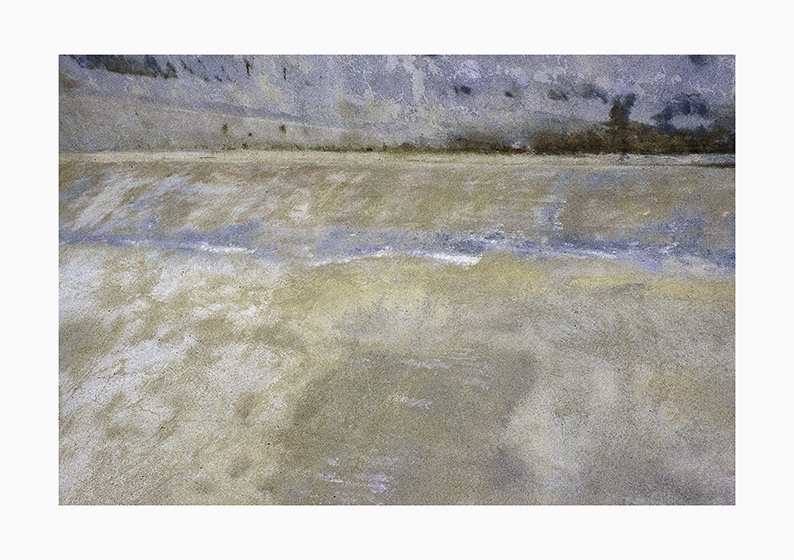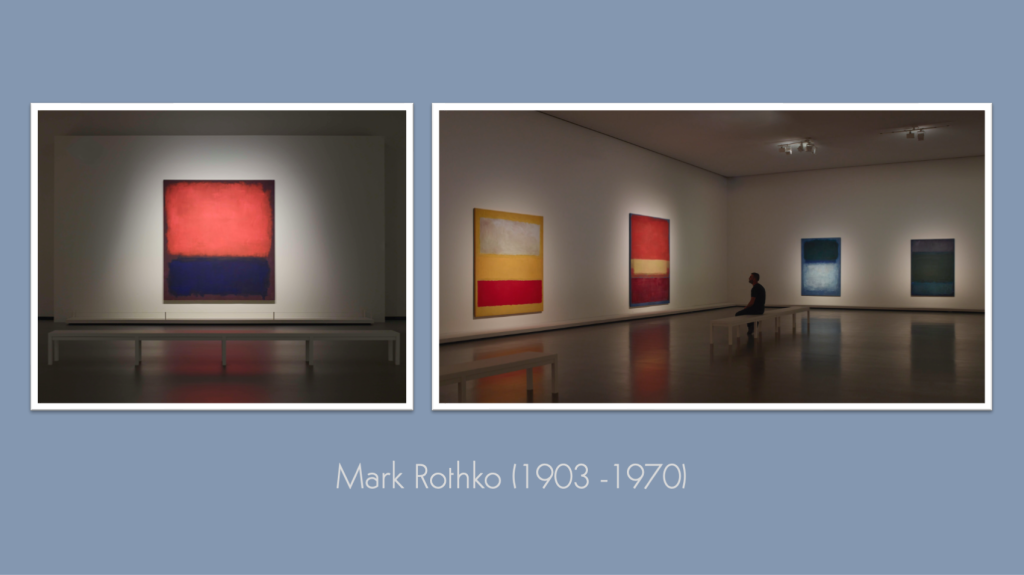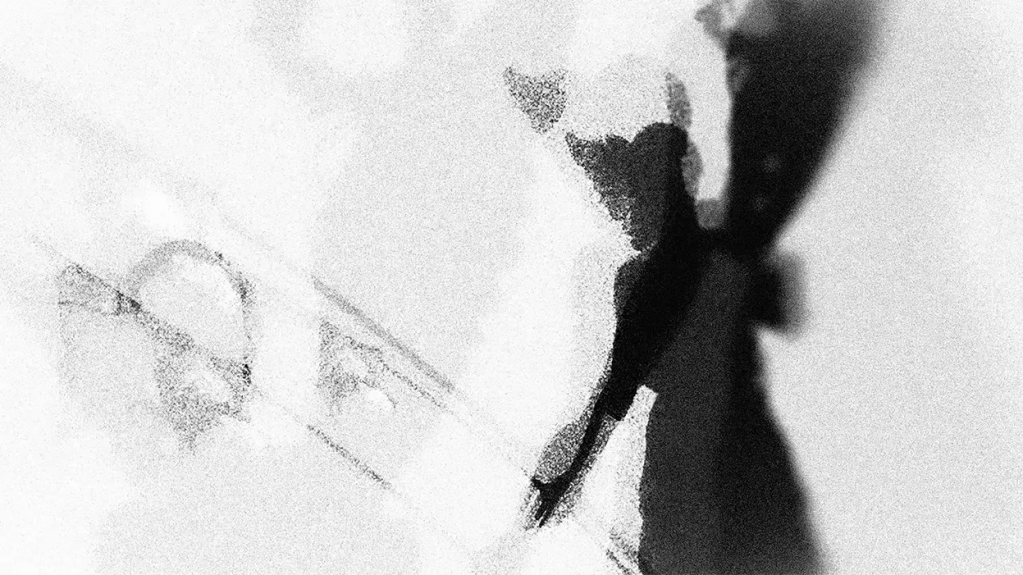
John Carpenter’s 1978 Halloween is one of my favorite things. Here’s why.
If Halloween was a cake it would be a cake without lashings of chocolate ganache or hidden centres of jelly sweets, or tall strata of sponge in the rainbow colour of unicorns. If Halloween was an item of clothing, it would be something simple, cut sparingly from some all-natural textile. If Halloween was a song, it would have been laid down in the fewest takes possible, with no auto-tune, no vocoder, and no melisma.
The idea of a ‘classy’ slasher film is absurd, as ‘slasher films’ are fundamentally exploitative thrill rides and no better than they should be, but Halloween is, ahem, a cut above the rest.
As I’ve aged, my tolerance for horror cinema has shifted. I could watch any amount of on-screen violence as a Clearasil-dabbed teenager. For the most part, I swerve spectacles of excessive dismemberment now, and a feature of the horror films I’ve come to canonize is they’re largely bloodless affairs.
My other intolerance is for zombies. I’m not talking about actual zombies (though I’ll admit some fatigue with them too). I’m talking about the legions of modern horror films that look and behave like horror films, but are actually hollowed-out meat-puppets, vapid storytelling experiences strung together from carbon copies of other, better examples of the genre. These films are only horror films because the music and the lighting and the violence and the slick marketing are telling us they are. I am fiercely impatient with horror films in which characters walk around in the dark for prolonged periods of time, searching out some jump-scare, some sudden, glitchy walking thing or zooming pale face. These automated suspense-dispensers are to horror what aspartine is to sugar, as if ‘turning off the lights’ is some surefire way of putting the umami into a horror film’s secret sauce.
Of course, Halloween has its fair share of dumb characters walking around in the dark, and I guess we have the extraordinary success of Carpenter’s movie to thank for all the ‘dumb characters walking about in the dark’ that followed it, but Halloween‘s especial powers to frighten derive from its sensitivity, not for shadows, but for daylight. It’s here, in the sunshine, that Halloween makes its move from exploitation flick to the stranger stuff of myth, from cheap-trick to the truly more spookier realm of archetype.

Halloween’s day time scenes look pristine, Haddonfield’s pavements, paths, and big white wooden houses kicking out all this soft matte light, as if the film stock itself has been cut with some fine silvered powder. At other times, the light is honeyed, catching in the hair of Halloween‘s young and beautiful cast, and showing up all those Instagram filters for the synthetic pretenders they are.
If someone were to ask me ‘how I’m doing?’, as my mood pertains to the events of 2020 – and especially the prospect of heading into winter and the shrinking effect of a likely second UK lock-down, I’d likely say I was doing fine. I’d likely say I was prepared for the narrowing, for the darker days to come, and yet, in readiness to write this blogpost, I re-watched Halloween, and something about its onscreen capture of light made me ache. My reaction was due in part to that weird vicarious nostalgia for a time I never lived though and a place I never knew, what you might call the Super 8mm phenomenon, but mostly it was a strong visceral reaction to those moments in Halloween where the film grain holds the setting sun.


But hey, all this poeticism is well and good, but you don’t watch Halloween for the sun-flares. You watch it to be afraid, and while the film’s third act is where you’ll find all the screaming, running, stabbing and falling, this is not for me where the fear lives.
The early sunlit scenes of Halloween are as menacing as anything in horror cinema. These are long, slow shots in which nothing much happens; leaves scud across pavements, a girl in white woollen tights leaves her home, a girl in white woollen tights walks to school; the road is wide, the lawns green, but the overall effect is as if some invisible ether is slowly filling the frame. It certainly looks sunny here and everything looks fine. Everything looks safe. Everything looks normal, but we can’t feel fine, we can’t feel safe, and we know, despite the evidence of our eyes to the contrary, that nothing about this place is normal. There is malice in all this pristine clarity, and this is one of the less trumpeted achievements of Halloween, less trumpeted because it’s none of the ‘scary stuff’ that comes later. These early ‘unremarkable’ scenes produce exquisite feelings of the uncanny – that rarest, most delicate fear. This is the emptied sunlit horror we find in the paintings of De Chirico, it is Halloween‘s mystery and melancholy of the street.


Mystery and Melancholy of a Street’, Giorgio De Chirico, 1914
Halloween isn’t the first horror film to understand the special powers of daylight for producing the conditions for a really good scare. Jack Clayton’s The Innocents (1961) establishes the template John Carpenter goes on to deploy for Halloween‘s finest moments of unease – daylight and distance.
While The Innocents takes place in a classical haunted house, with Deborah Kerr’s increasingly harried governess gliding about its rooms at night by candelight, it is the pastoral sunlit scene down by the lake packing the most powerful punch. When the spectre of the previous governess manifests suddenly among the tall reeds, there is only sunlight and stillness, and how it chills.
The Innocents, directed by Jack Clayton, 1961
Halloween plays this same demure trick three times to increasingly pleasurable effect. Distracted during class, Halloween‘s final girl, Laurie Strode, looks out of her classroom window to see a figure in a white mask watching her from the other side of the road. That we can hear the teacher talking away in the background about the ‘personification of fate’ lays in some of the film’s more metaphysical ambitions. She doesn’t know who this figure might be or what he wants with her. Later, walking home with her friend, Laurie sees the same figure standing at the end of a long run of neat hedging. Once at home, Laurie is in her room upstairs, at which point she sees the figure again, who is this time standing silently among the bright flapping sheets of her washing. No thunder claps, no jump scares, no cheap-tricks, and no ‘lights off’ – just the dreadful pricking of these three small slivers of wrongness.



A few years ago, I was riding in the back of someone’s car, driving past homes in some ordinary place of terraced houses and paved front gardens. It was morning, or it was afternoon, some mundane greyish day. I happened to look out of the window and saw a bare-footed woman walking away from the road up through the narrow gap between two houses. The bare-footed woman had no head. It was daylight. I saw her clearly, if fleetingly – a woman in a long dress, her arms hanging loosely at her side – a woman with no head. I sat bolt upright in my seat, my head whipping around to continue looking, to be certain of what I saw, but more houses slid past and the moment was over. I’m pretty sure the woman did have a head. I think something about the play of light between the two houses and the angle of the woman’s body in relation to my own combined to produce this disturbing effect. Anyway, this is what I tell myself, but just for a moment, I had that appalling jigsaw-feeling, that a piece of the world had been jammed into the fabric of reality the wrong way up – but made somehow to fit.





Leave a comment